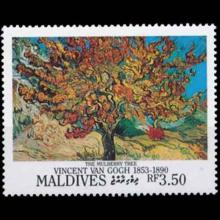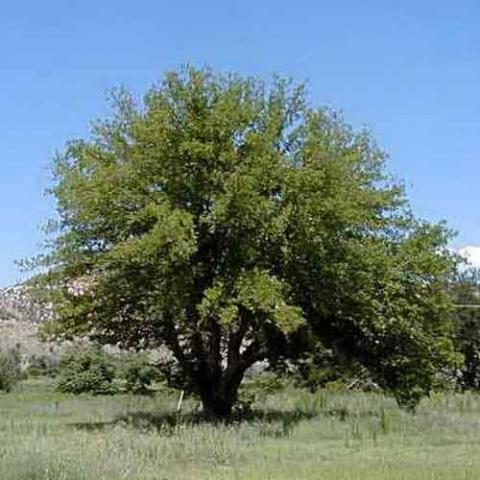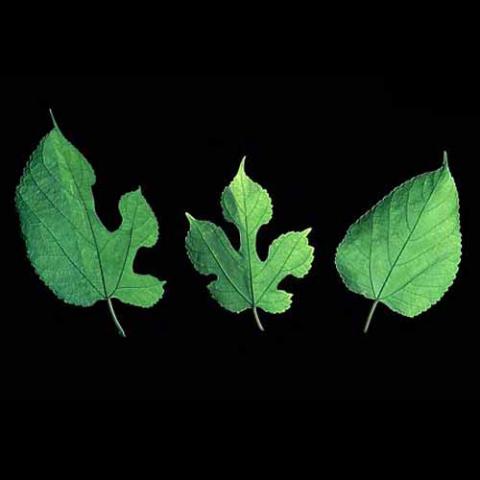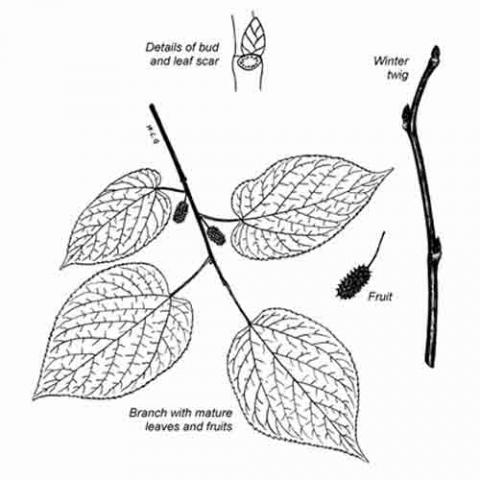NAME(S)
TAXONOMY
PLANTAE ID
THERAPEUTIC
Maldives
Issued:
Stamp:
Morus rubra
Maldives
Issued:
Stamp:
Morus rubra
Maldives
Issued:
Stamp:
Morus rubra
Urban Forager | Mulberries
by Ava Chin, June 9, 2012
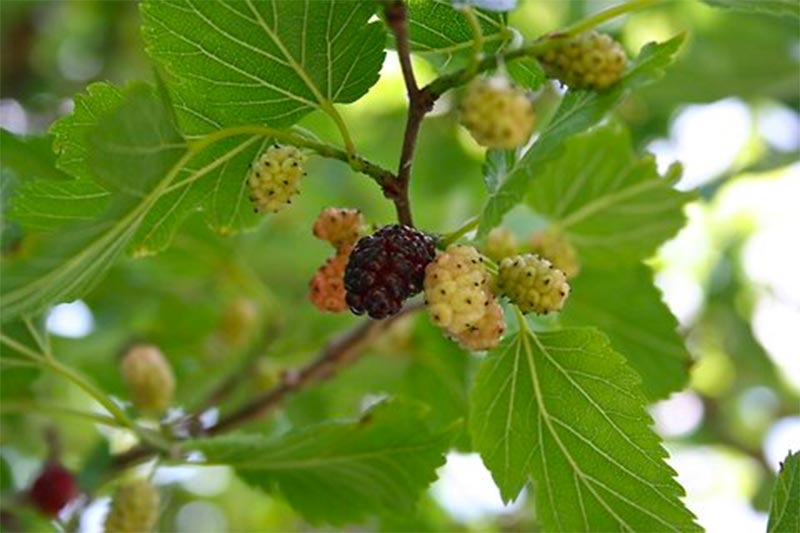
Recently, I was walking up Madison Avenue on the Upper East Side when I felt something squishy beneath my sandals.
I looked down and saw that the sidewalk, under cover of a giant tree growing by a public school, was stained with dark purplish splotches, as if someone had broken several bottles of red wine there the night before. I realized that I was standing beneath a mulberry tree laden with fruit. Alongside it, the largest mulberry tree I had ever seen had white berries cascading from it.
Morus rubra or alba (red or white mulberry) tend to be small- to medium-size trees with irregular, variegated leaves. Notwithstanding the child’s song, they are not bushes. Both the native red, which has ripe purplish-black berries, as well as the Chinese white, which was introduced in the 19th century to support an ultimately unsuccessful silk industry and which produces ghostly pale-to-sometimes purplish fruit, are prodigious fruit-bearers.
The trees, which have hybridized, can be found throughout the New York metropolitan region and the Eastern United States (Morus alba extends to both coasts). City residents often discover sidewalks and cars littered with mulberries from late May through early July.
I’ve tasted mulberries from trees off golf courses on Staten Island and at colleges at Cambridge University, where the cooler weather means the fruiting season goes well pass July. Sometimes I encounter residents who hate Morus trees, grumbling about the messy cleanup, but no matter where I go, I enjoy mulberries’ benignly sweet flavor either in jams or straight off the tree. Like raspberries and blackberries, mulberries are aggregate fruit clusters, but without the tartness.
Last weekend, we brought our newborn to a small section of Kissena Park in Flushing, Queens, where I discovered my first mulberry tree after the death of my grandmother. Many of the mulberry trees were lush, verdant, and bearing various stages of ripening fruit — enough to stain our hands purple. Several cars along the perimeter were covered in fermenting berries.
The small red mulberry tree I found several years ago, which never fails to remind me of the cycles of life and death, was still heavy with immature white berries. I suspect it’ll be another week or so before they are ripe enough to eat.
Genus species (Plantae): Morus rubra
Red mulberry is a deciduous tree, growing to 10–15 m tall, rarely 20 m, with a trunk up to 50 cm diameter. It is a small to medium-sized tree that reaches a height of 70 feet and lives up to 125 years. The leaves are alternate, 7–14 cm long and 6–12 cm broad, simple, broadly cordate, with a shallow notch at the base, typically unlobed on mature trees although often with 2-3 lobes, particularly on young trees, and with a finely serrated margin. The upper surface of the leaves is noticeably rough, similar in texture to fine sandpaper, and unlike the lustrous upper surface of the leaves of white mulberry (M. alba). The underside of the leaves is covered with soft hairs. The leaf petiole exudes milky sap when severed. Red mulberry is hardy to subzero temperatures, relatively hardy to drought, pollution, and poor soil, though the white mulberry is hardier.
The flowers are relatively inconspicuous: small, yellowish green or reddish green, and opening as leaves emerge. Male and female flowers are usually on separate trees although they may occur on the same tree.
The fruit is a compound cluster of several small achenes surrounded by a fleshy calyx, similar in appearance to a blackberry, 2–3 cm long, when it is ripening it is red or dark purple, edible and very sweet with a good flavor.
Uses
The first English colonists to explore eastern Virginia in 1607 mentioned the abundance of both mulberry trees and their fruit, which was eaten, sometimes boiled, by the native Powhatan tribes.
Today, mulberries are eaten raw, used in fruit pastries, and fermented into wine.
The wood may be dried and used for smoking meats with a flavor that is mild and sweet.
Leaves: Fine-toothed. 3-6in long, somewhat sandpapery above and hairy below; often with 2 or 3 lobes.
Twigs: hairless.
Sap of twigs and leafstalks: milky.
Trunk bark: red-brown with smooth ridges.
Fruit: pendent, blackberrylike; red at first, purple when ripe. Ripens May-July.
Dimensions: Height: to 70 feet; diameter to 3 feet.
Location: Where found: Rich soil, open woods, fencerows.
Use: Fresh fruit, jelly, cold drink, cooked vegetable. A much neglected but delicious fruit; pectin is needed when making jelly. The tender new leading shoots make an outstanding cooked vegetable when collected as the leaves are just unfolding and boiled for 20 minutes.
Warning: Unripe fruit and raw shoots contain hallucinogens.
Reference: wikipedia
Illustration: Clemson.edu tree list
Reference: A Field Guide to Edible Wild Plants: Eastern and Central North America, by Lee Allen Peterson

